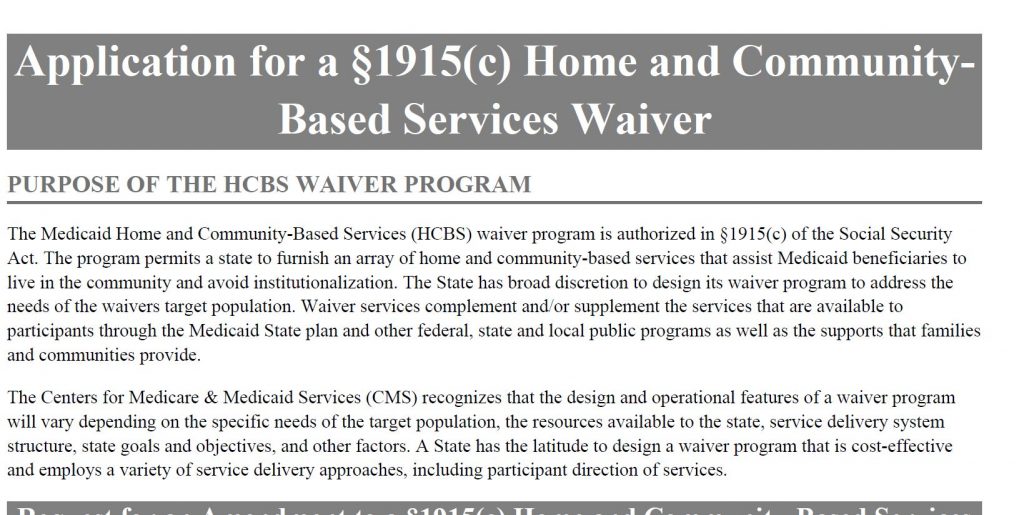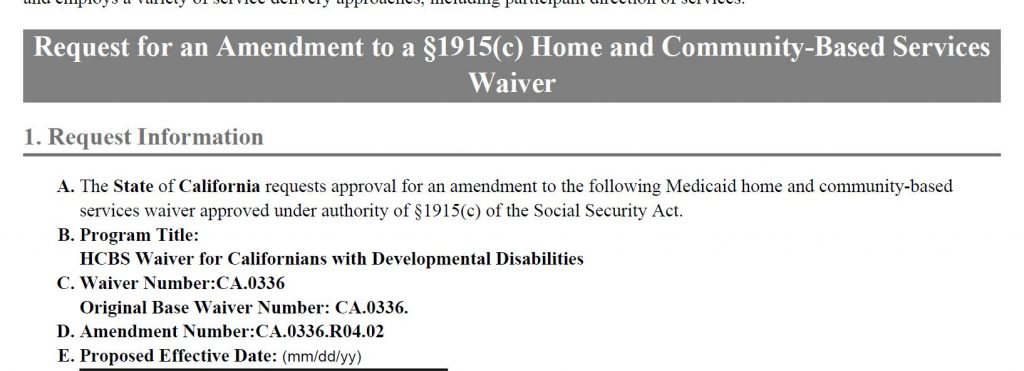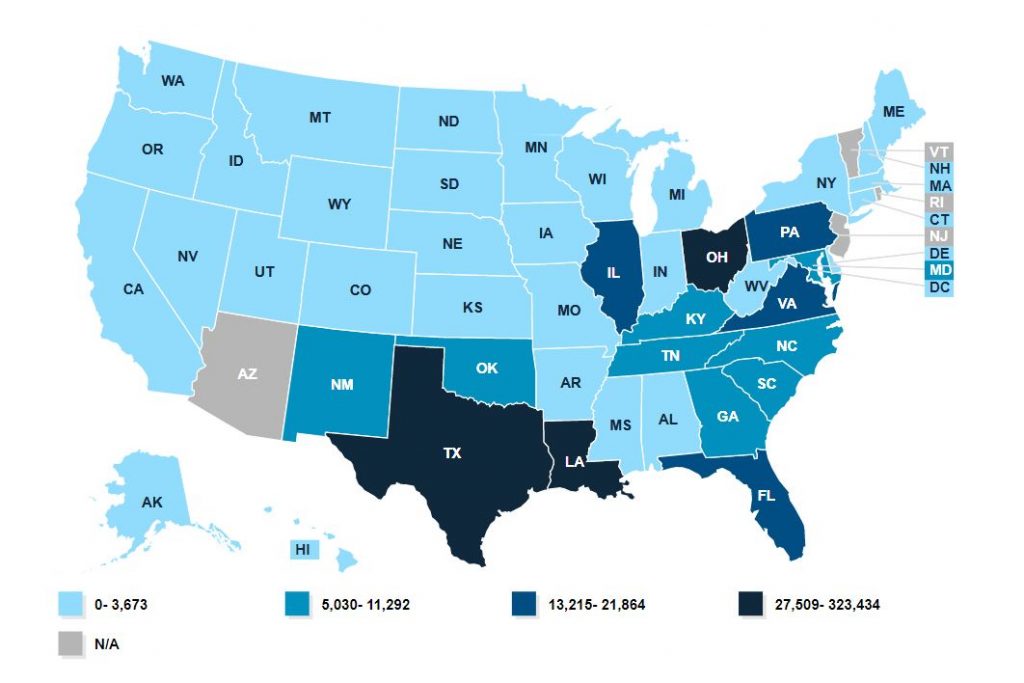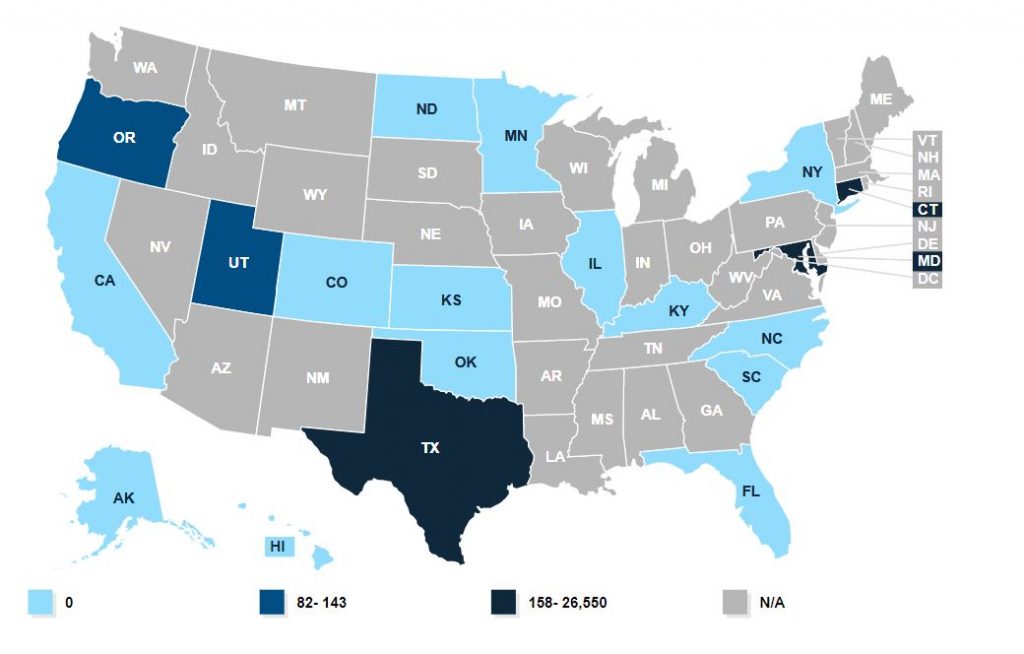What is a Medicaid waiver?
A Medicaid waiver program is a special program that allows a state to vary from the standard Medicaid rules so that it can offer more targeted services to specific populations. Waiver programs are thus an alternative to the services in the State Medicaid Plan. While a state must provide the entire service array to anyone who meets the criteria of its Medicaid program, by using a waiver it can provide them only to certain groups (such as those with Traumatic Brain Injury, or those members who can get services inside their home and avoid a nursing home. Waivers must be approved by CMS, and have a capped funding amount.
What are the types of waivers available?
Each of the waiver types are commonly referred to by the part of the Social Security Act that governs them. See below for information on the most commonly used waivers:
- Section 1115 waivers- also known as demonstration waivers. These allow a state to test out a new financing model, cover a new population or a new service delivery model.
- Section 1915b waivers- also known as managed care waivers. These waivers allow a state to contract with health plans to deliver services to members.
- Section 1915c waivers- also known as home and community-based services (HCBS) waivers. These waivers allow states to offer services in the community to members that otherwise would need facility-level care.
Explore further
The CMS list of state waivers
https://www.medicaid.gov/medicaid/section-1115-demo/demonstration-and-waiver-list/index.html
Want to learn more? Check out a related course
-
 Medicaid 301$229.00
Medicaid 301$229.00




